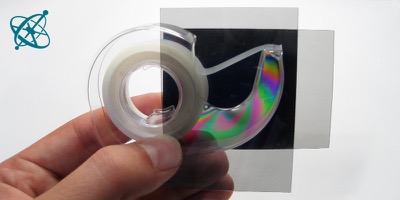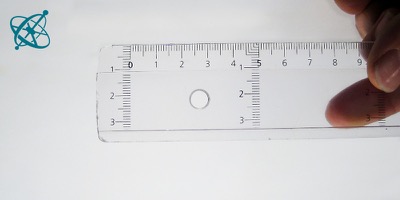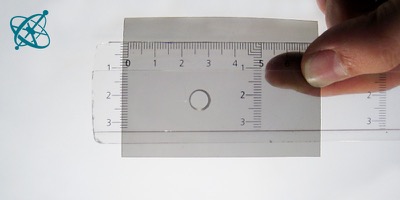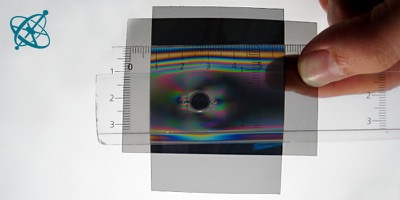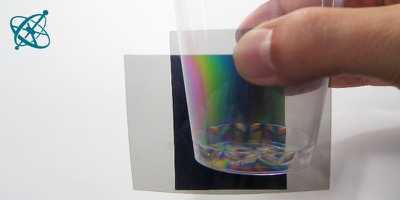 www.sciensation.org | Ciênsação hands-on experiments are published as Open Educational resources under a Creative Commons Attribution-ShareAlike 4.0 International License.
www.sciensation.org | Ciênsação hands-on experiments are published as Open Educational resources under a Creative Commons Attribution-ShareAlike 4.0 International License.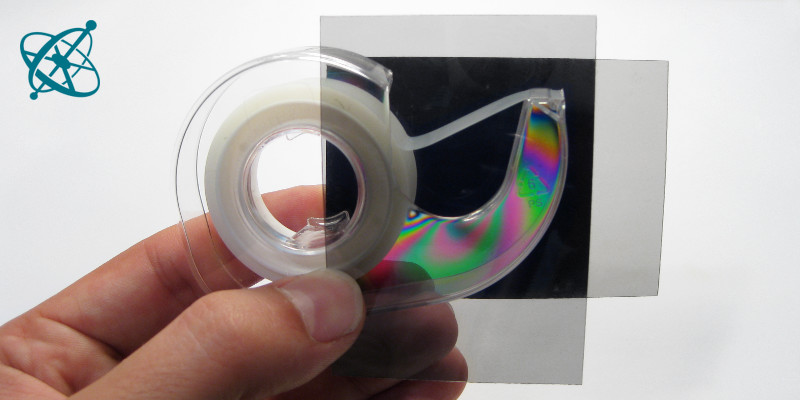
What causes these colors?
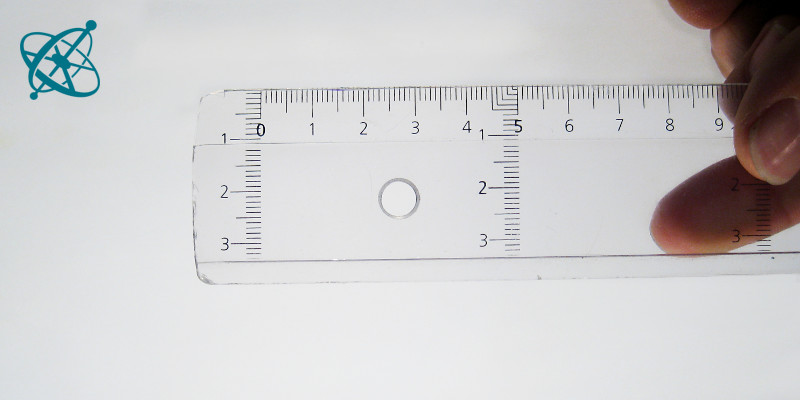
An ordinary piece of transparent plastic…
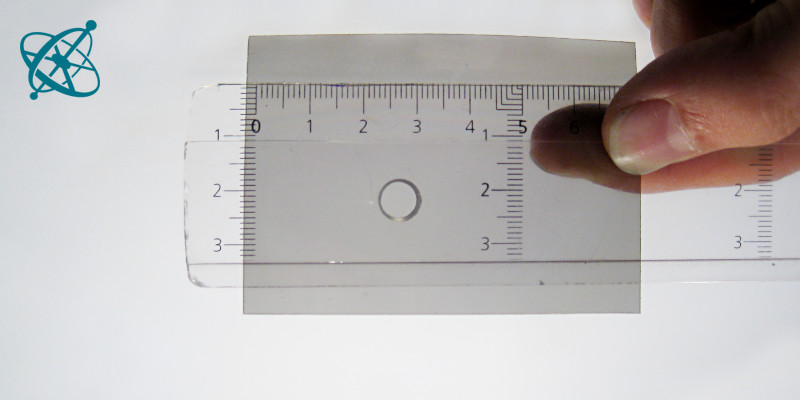
…looks gray seen through one polarizer, but…
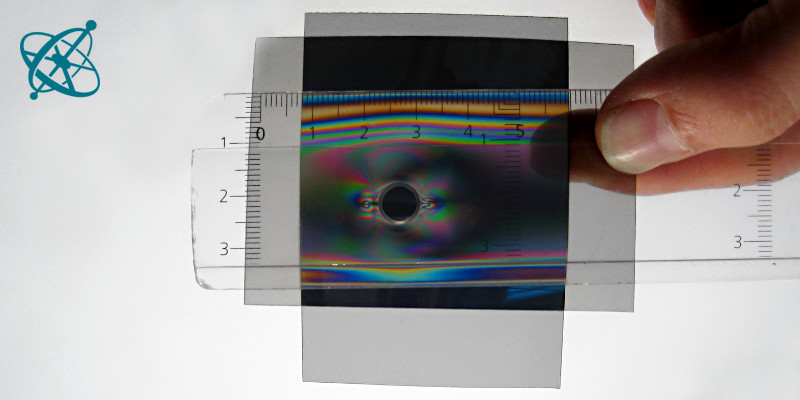
…very colorful when placed between crossed polarizers.
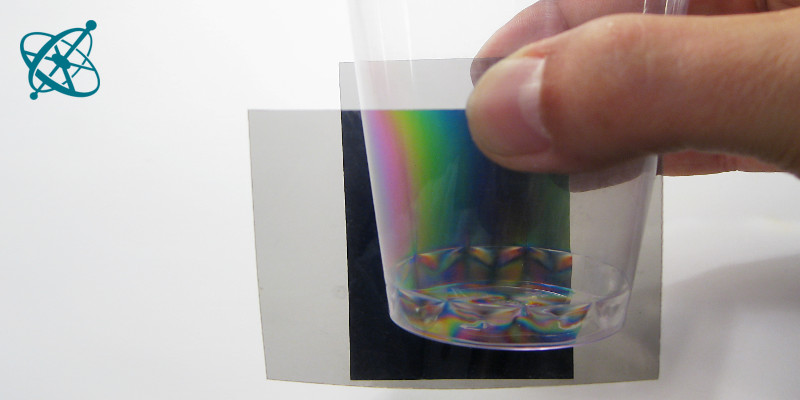
Plastic can twists the polarization plane of light.
Making stress visible
Holding a transparent plastic object, e.g. a ruler or plastic bag, between crossed polarizers generates colorful effects – which depend on the material stress caused by defects or the production process. Studying the origin of these colors offers a deeper understanding of polarization and the interaction of light with matter.
The polarization plane of light can be turned when light interacts with matter.
Hold a transparent plastic object between two crossed polarizers, i.e. the two polarizer axes are orthogonal.
1. Why does some light pass where the plastic object is, while the crossed polarizers by themselves appear black?
2. Where do the colors come from?
3. Why do the colors change if you bend or twist the plastic object?
What light can pass the first polarizer?
› Only light with the electric field oscillating in a plane oriented along the polarizer's axis.
Why are crossed polarizers 'dark'?
› The light that can pass the first polarizer is blocked by the second.
What has to happen in order to allow light passing the first polarizer to also pass a crossed polarizer?
› The polarization plane has to rotate.
So what does the plastic do to the polarized light?
› It rotates the light's polarization plane.
How do the colors change when you rotate the polarizer?
› They change along the optical spectrum.
Hence, does plastic rotate the polarization plane of all wavelengths equally?
› No, some wavelength are twisted more than others, thus causing the colors.
On what depends the rotation angle?
› The material properties and its thickness, the wavelength of the light, and, as can be noted when bending the material, the material stress.
The first polarizer only lets pass light with the electric field oscillating in a particular plane. A crossed polarizer (90 degrees rotated relative to the first one) will block this light, since it only lets pass light oscillating in the perpendicular plane. In order to pass both polarizers, light therefore has to rotate its polarization plane between the two polarizers – which it does while traveling through the plastic part. How much the interaction between the light and the plastic molecules rotates the polarization plane of light depends on various factors, such as the material type and thickness, the light's wavelength and stress or defects in the material.
To reduce the number of polarizers needed for this experiment you can also hold plastic objects between a white LCD display and a polarizer. When using polarizing glasses (e.g. from 3D cinema), please take into account that some have a thin layer on one side that transforms linear polarized light into circular polarized light.
